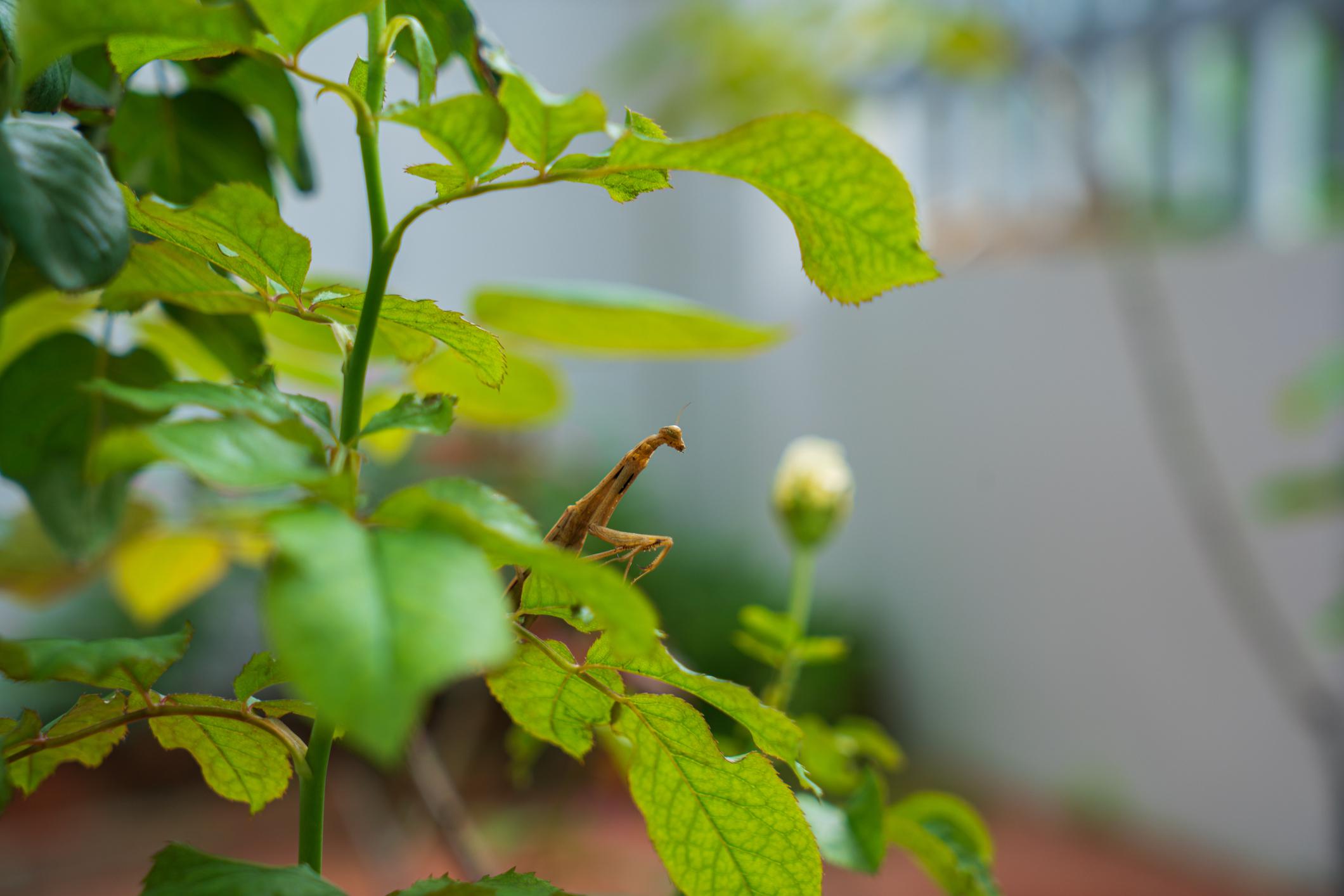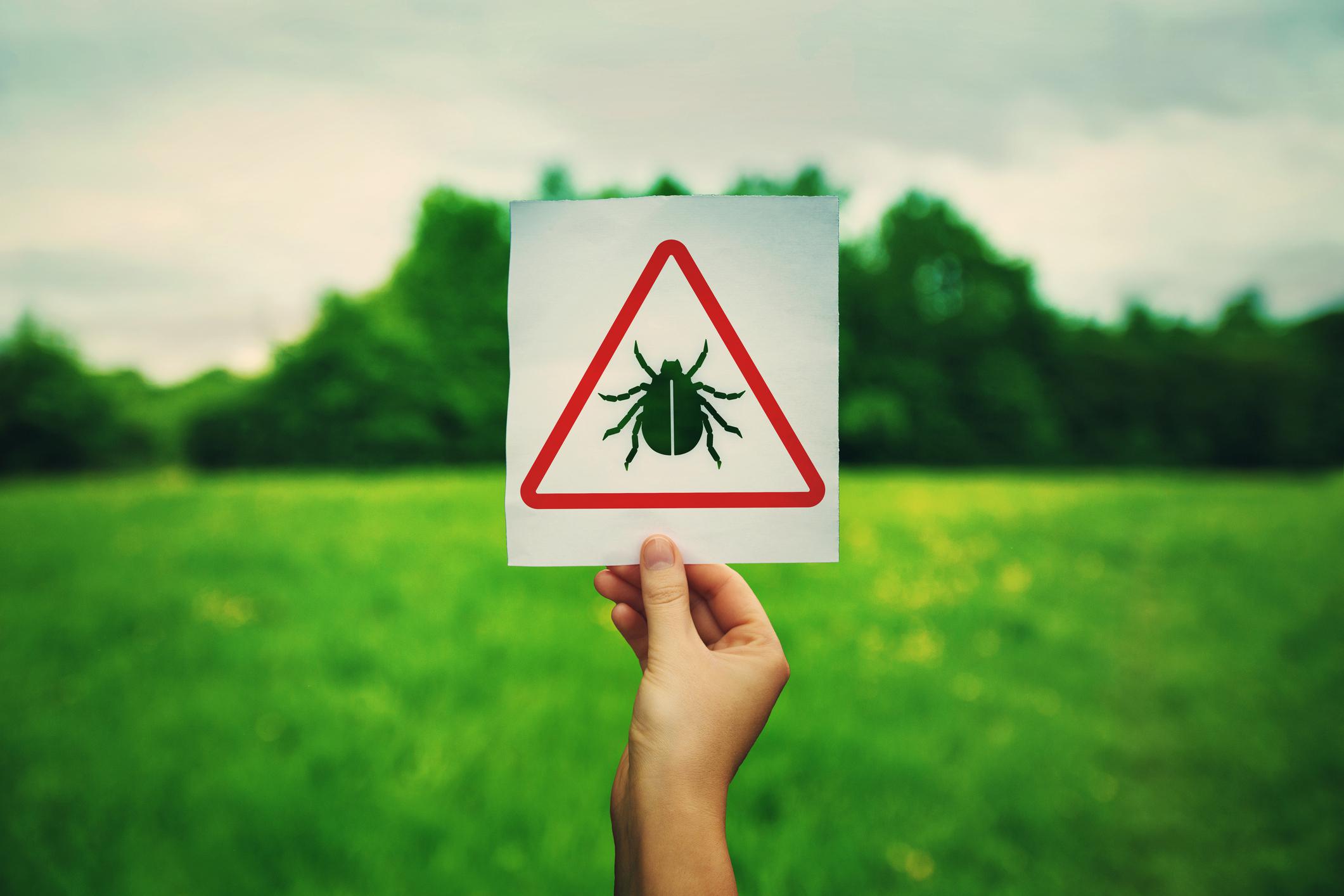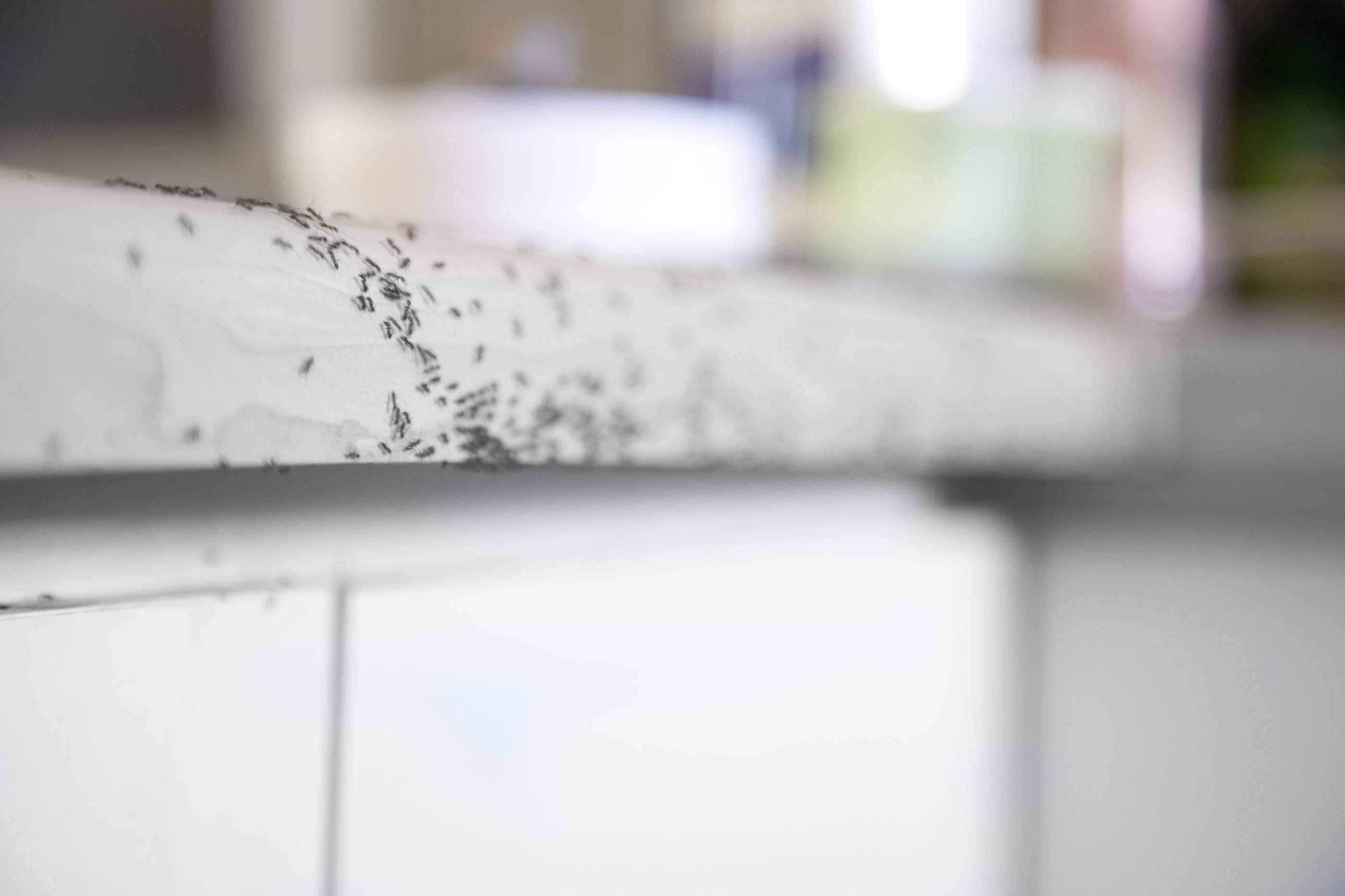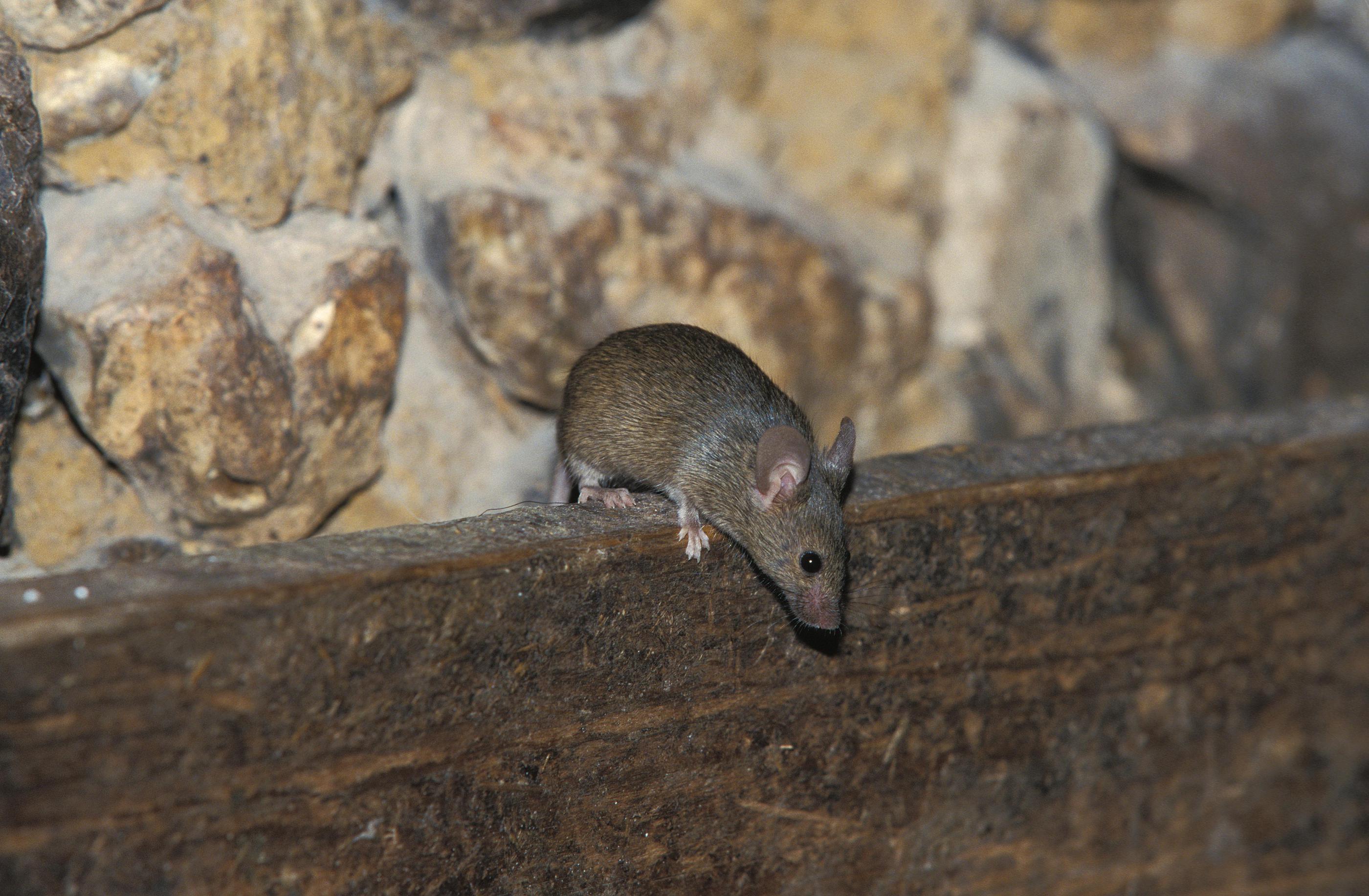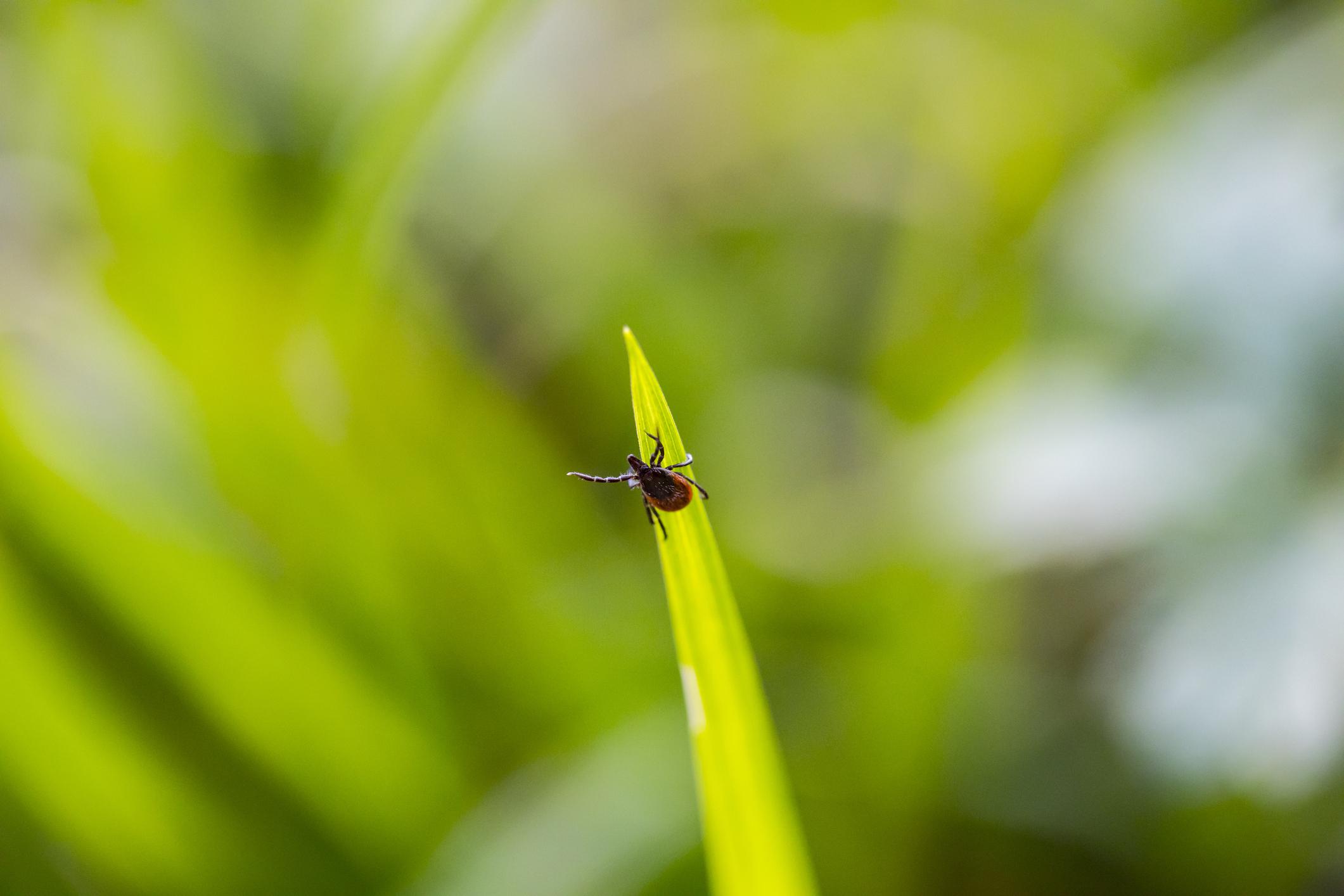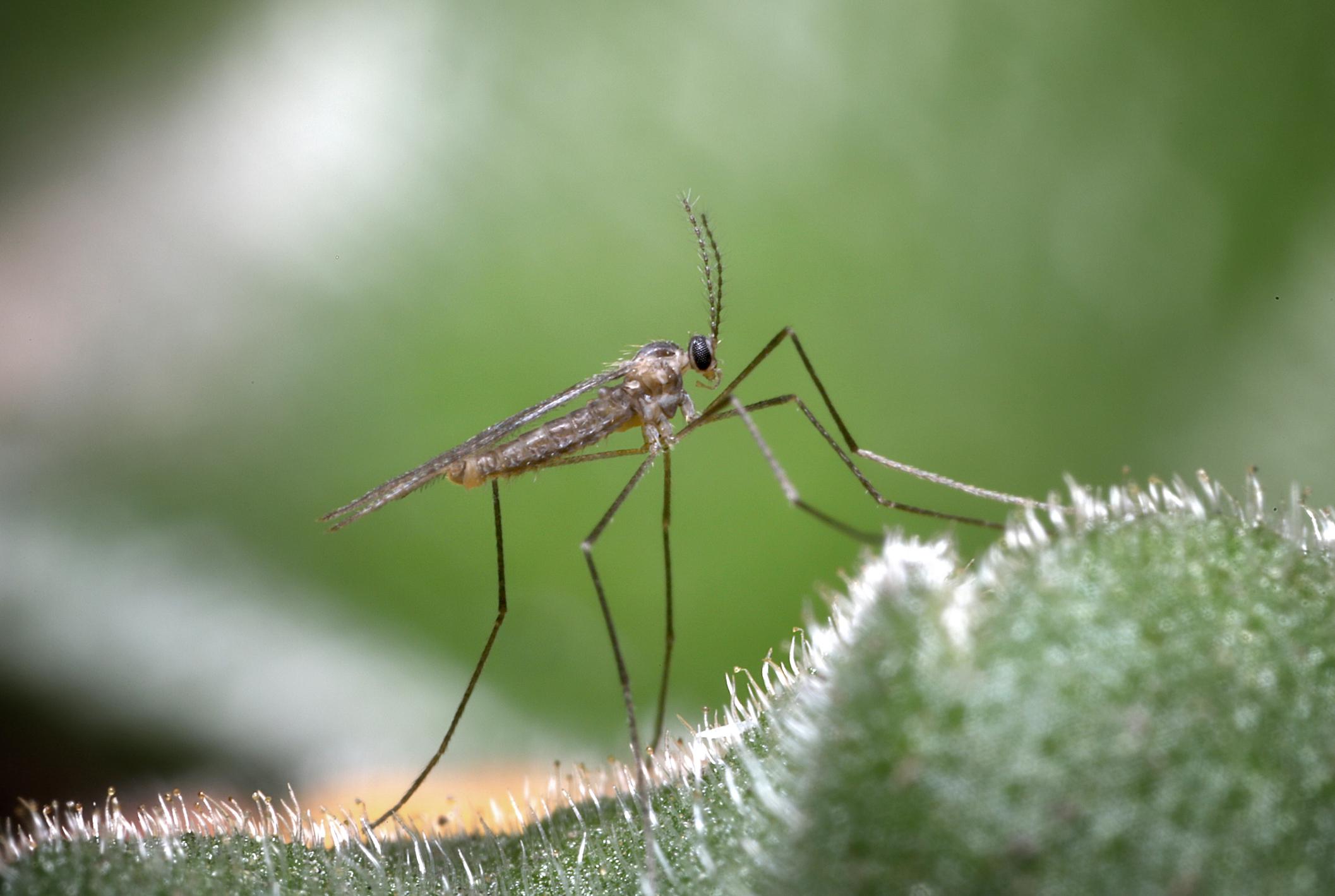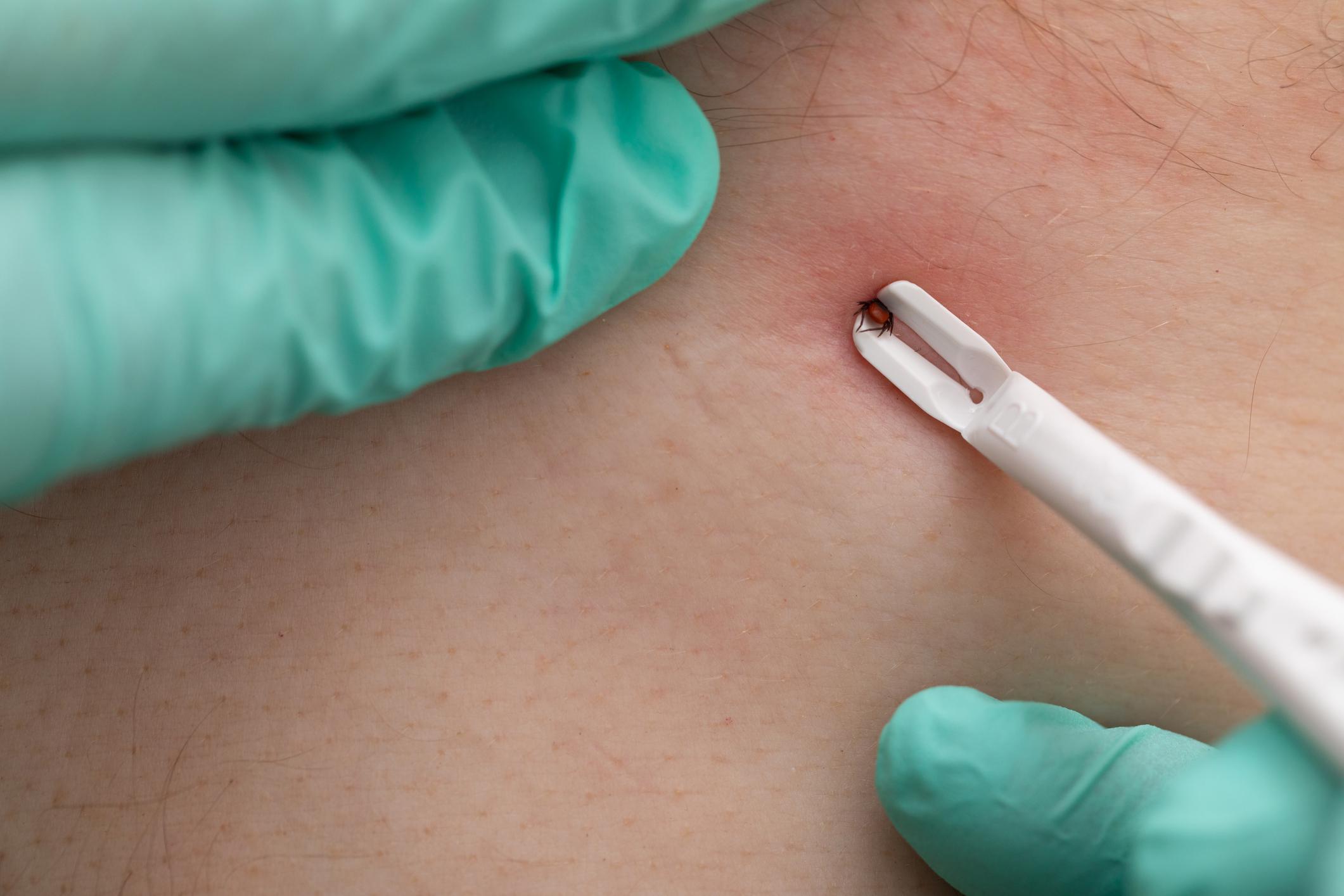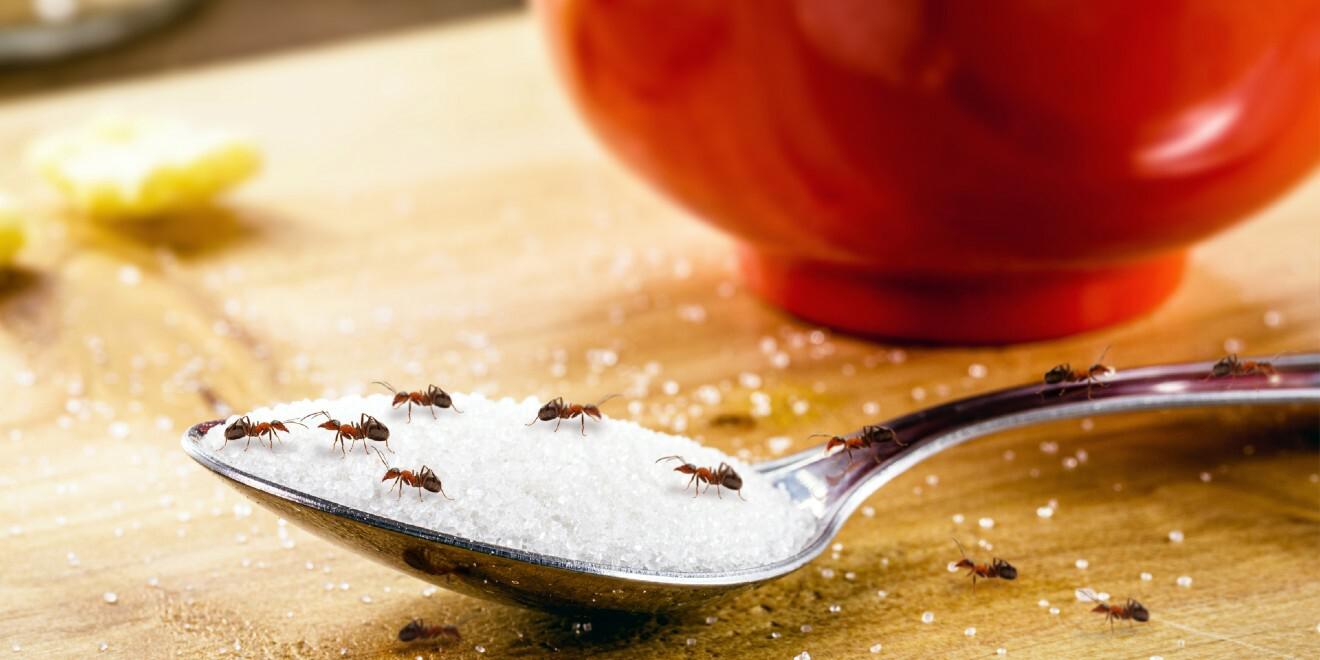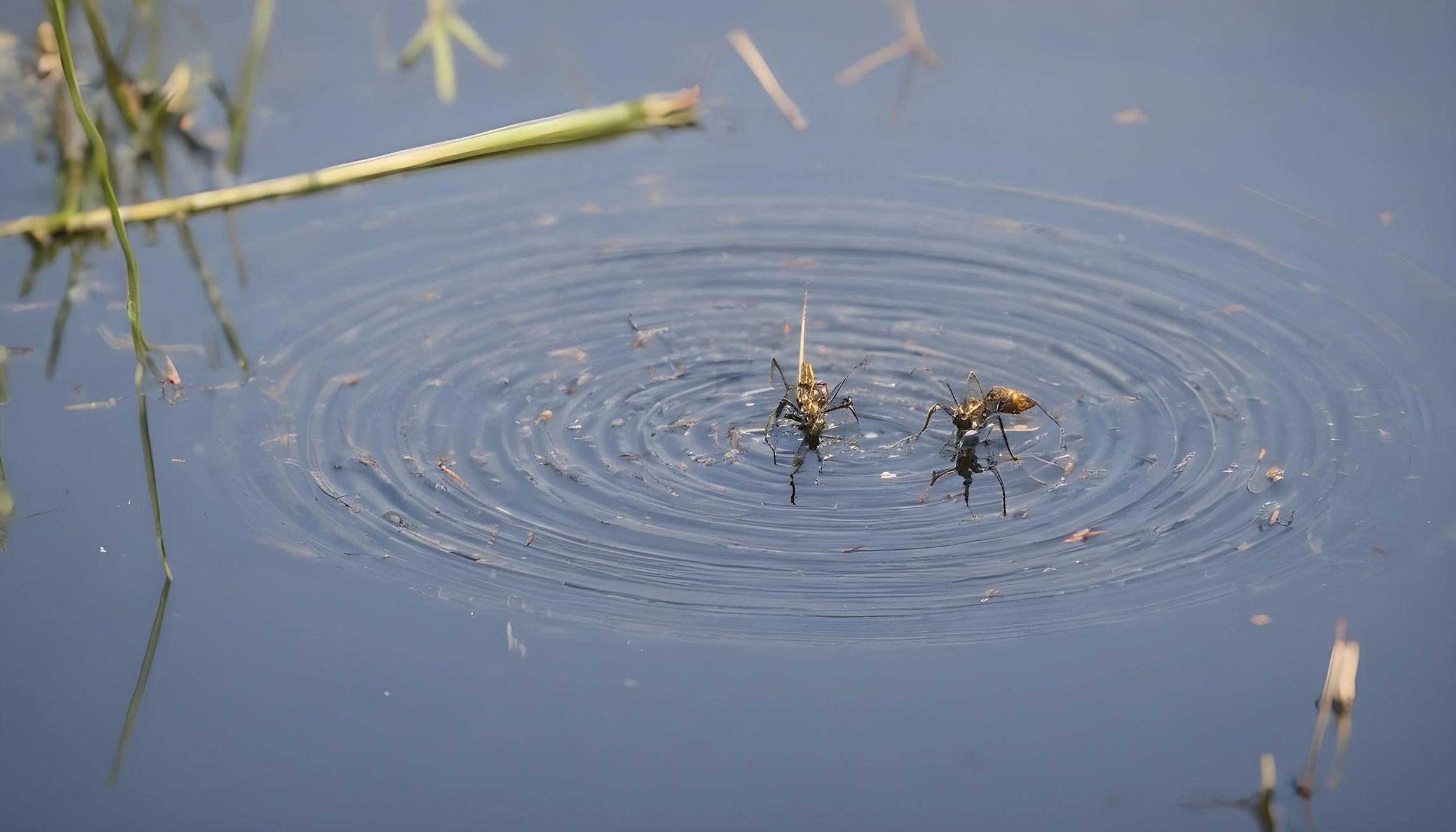Biting Flies in Michigan
Posted by Mosquito Squad
December 19, 2023

While I (Dread Skeeter) was out at the Grand Haven Parade of Ships today, I saw many people being bitten by little black flies. Now those nasty little buggers did not dare get anywhere near me because I am after all – Dread Skeeter, but nothing less it got me thinking about all the biting flies we have here in Michigan and what, if anything can be done about them. I spoke with my good friends over at Grand Rapids Mosquito Squad and asked them to look into the matter.

Grand Rapids Mosquito Squad here with some information about the biting flies we have here in Michigan and some things that can be done to lessen your chances of being bitten by these pests.
Nearly everyone has been bitten by a fly of one sort or another. Though there are many types of biting flies, mosquitoes account for most of the biting. This fact sheet focuses on other types of biting flies.
What is a fly? While most winged insects have four wings, flies have only two wings. A fly has mouth parts designed to suck up liquids and for piercing, if the fly is one that bites other animals.
Like mosquitoes, biting flies locate humans and other animals by sensing certain substances, including the carbon dioxide and moisture in exhaled breath, dark colors and movement, warmth and perspiration. Once a suitable host is located, a biting fly inserts its piercing mouth parts, lacerates the skin, then injects its anticoagulant-containing saliva to keep the blood flowing.
In sensitive individuals, the fly’s saliva can trigger life-threatening allergic reactions.
Biting flies transmit debilitating diseases to millions of people worldwide. Sand flies (Psychodidae) transmit sand fly fever, bartonellosis and leischmaniasis in many parts of the world. In the United States, one deer fly species (Chrysops discalis) can transmit tularemia. Biting midges (Ceratopogonidae) transmit a variety of diseases and, in the U.S., infect livestock with blue tongue virus. In addition, the bites of black flies (Simuliidae), horse flies (Tabanidae) and stable flies (Stomoxys calcitrans), can produce severe allergic reactions.
IDENTIFYING BITING FLIES

DEER FLIES and HORSE FLIES (Tabanidae)
Deer flies are one of the few types of flies that transmit disease to people in the United States. Tularemia, also known as “rabbit fever,” is a bacterial disease that can be acquired from contact with objects or infected animals, from the bites of ticks and, occasionally, from the bites of the deer fly, Chrysops discalis.
Deer flies are most prevalent in the spring. They are medium-size flies, approximately ¼-inch long, about the size of a house fly. They are typically yellow-brown to black with dark bands on their wings. The eyes of some deer flies and horse flies are iridescent green.
The maggot-like larvae (immature stage) of deer flies are aquatic. The adult flies are often encountered along trails near streams, lakes, ponds, marshes and swamps. They can be quite bothersome, buzzing around a person’s head, especially where large numbers are present. Both deer flies and horse flies bite with scissor-like mouth parts that cut into skin, causing blood flow which the flies lap up. Because of this relatively crude means of obtaining blood, the bites can be painful.
Horse flies can be an inch or more long. Some are entirely black. Others, known as “green heads,” are light brown with shiny green eyes. Horse flies are strong, fast fliers that feed on the blood of livestock and other animals. Like deer fly larvae, the larvae of horse flies usually live in water or moist locations where they prey on other insects, grow and migrate to dryer soil to undergo the pupal (cocoon) stage. The life cycle may take two years to complete.

STABLE FLY (Stomoxys calcitrans)
The stable fly is a about ¼-inch long and gray with four dark stripes on its thorax (behind the head). This biting fly looks like a house fly, except for the pointed proboscis beneath its head through which it sucks blood. They are most abundant in late summer and fall, and will fly several miles to bite livestock (hence the name), pets and people. They typically bite in early morning or late afternoon and often attack the ankles, inflicting a sharp, stabbing pain.
Stable flies lay eggs in piles of rotting vegetable matter, such as haystacks, grass clippings, manure and vegetation along shorelines. Like the adults, stable fly larvae are nearly identical to the larvae of house flies.
BLACK FLIES (Simuliidae)
Adult black flies are small, no more than 1/8-inch long with broad wings and a humpbacked appearance. Like other flies, black flies are creatures of moist environments. Also known as “buffalo gnats,” they are usually encountered near creeks and rivers where the larvae attach to submerged stones.
Black flies will fly up to 10 miles in search of blood. They do not transmit disease to humans in the United States. However, injury from black fly bites can threaten the lives of livestock and even people when present in very large numbers, typically in late spring and early summer. Deaths have been reported from allergic reactions and blood loss from the bites, and even from inhaling the flies. Black fly bites often cause considerable swelling and bleeding, may be itchy and slow to heal. They prefer to attack the head and where clothing fits tightly.

BITING MIDGES (Ceratopogonidae)
Biting midges should not be confused with other midges (Chironomidae) that are much larger and resemble mosquitoes but do not bite. The biting midges are much smaller, being no more than 1/32 of an inch long. They are also known as “punkies,” “no-see-ums” or simply “gnats.” Their tiny size allows them to penetrate window and door screens. Biting midges can be serious pests along the shores of oceans, lakes, ponds and rivers, and will bite during the day or at night.
The minute, worm-like larvae of biting midges live in moist sand or soil, rotting vegetation, tree holes and other damp situations often at the edges of ponds, marshes and lagoons. Several species will suck the blood of humans, while other species suck the blood of insects, including mosquitoes.

MANAGING BITING FLIES IN MICHIGAN
Area-wide control of biting flies can be difficult due to the hidden habitats in which the larvae are found, and because some adult biting flies may fly miles from their larval habitats. Nevertheless, sanitation can be an important method of controlling some biting flies. The larvae of stable flies, for example, develop in piles of decaying hay, straw and other vegetation, including manure containing plant matter. These potential sites for larval development should be eliminated where practical. Other flies (biting midges and sand flies) may be controlled by disposing of decaying vegetation containing their larvae.
Exclusion also can be employed against biting flies. Stable flies are known to enter structures in search of blood meals, so screens should be installed and maintained on windows and doors. However, the mesh of standard household screens is not fine enough to keep out the tiniest biting flies and should be replaced with finer mesh where these flies are a problem.
The use of fly paper is limited as it is not as attractive to biting flies as are warm-blooded animals. Fans may be a more useful means to help keep small areas free of flies, especially smaller flies whose flight is affected by air currents. Similarly, burning candles and torches that produce smoke and air currents may help keep the smaller species away.
Pesticide application is of limited use in controlling biting flies. Ultra-low volume (ULV) treatments (such as “fogging” for mosquitoes) and space sprays of non-residual pesticides are best used where flies are numerous and concentrated in a relatively small area
Residual pesticides can be used to mist surfaces where flies are resting, such as vegetation, the walls of barns and the exterior walls of houses. But this method will do little good if flies are not landing on these surfaces.
Another chemical control is larviciding, the application of pesticides designed to kill fly larvae. Formulations containing Bacillus thuringiensis (such as BTI) or growth regulators (such as methoprene) have been widely and successfully used against mosquito larvae living in the stagnant water of ditches, lagoons and catch basins. BTI has been used successfully against black fly larvae in streams.
PREVENTING BITES
Repellents are the final line of defense against biting flies. Those containing the active ingredient DEET (N,N-diethyl-meta-toluamide) or picaridin are best. While effective against mosquitoes, repellents have been found to be less effective against some types of biting flies.
The use of repellents to combat biting flies should be supplemented with other preventive methods, such as avoiding areas inhabited by the flies, avoiding peak biting times, and wearing heavy-duty, light-colored clothing including long-sleeve shirts, long pants and hats. When black flies, for example, are numerous and unavoidable, netting that covers the head, like the “bee bonnets” used by beekeepers, can provide protection. Smaller biting flies, such as biting midges, may become stuck in heavy coatings of lotions or oils applied to skin.
We hope that this information helps you in the fight against biting flies for the rest of the summer, and as always, if you are being pestered by biting insects by all means give Mosquito Squad of Grand Rapids a call at (616) 920-8069

